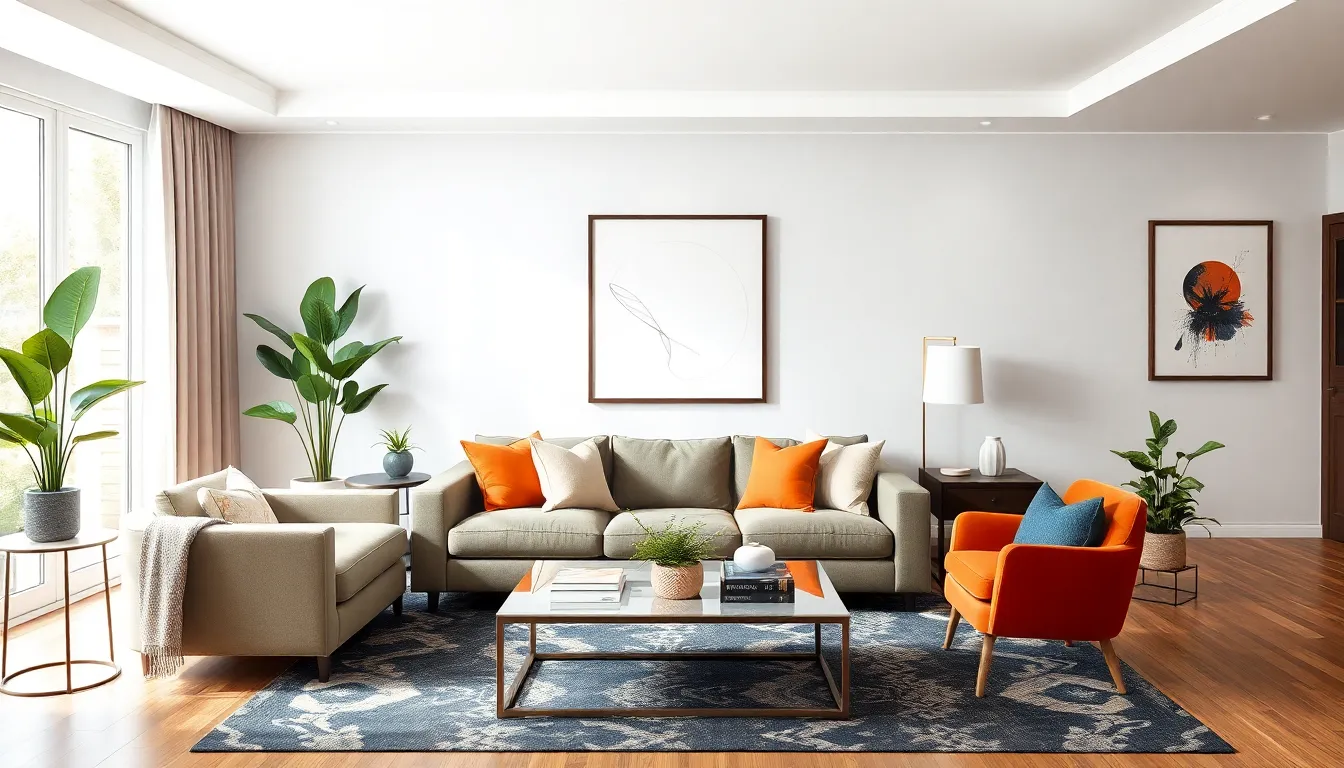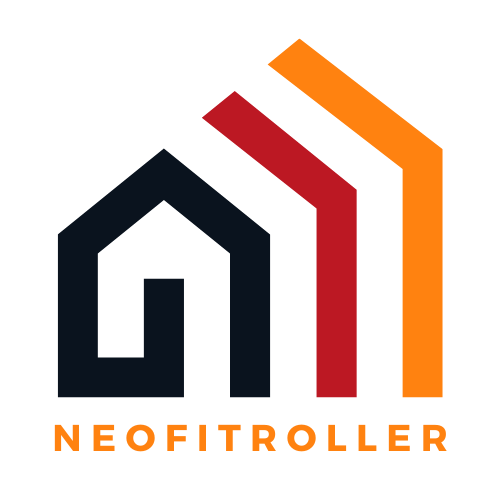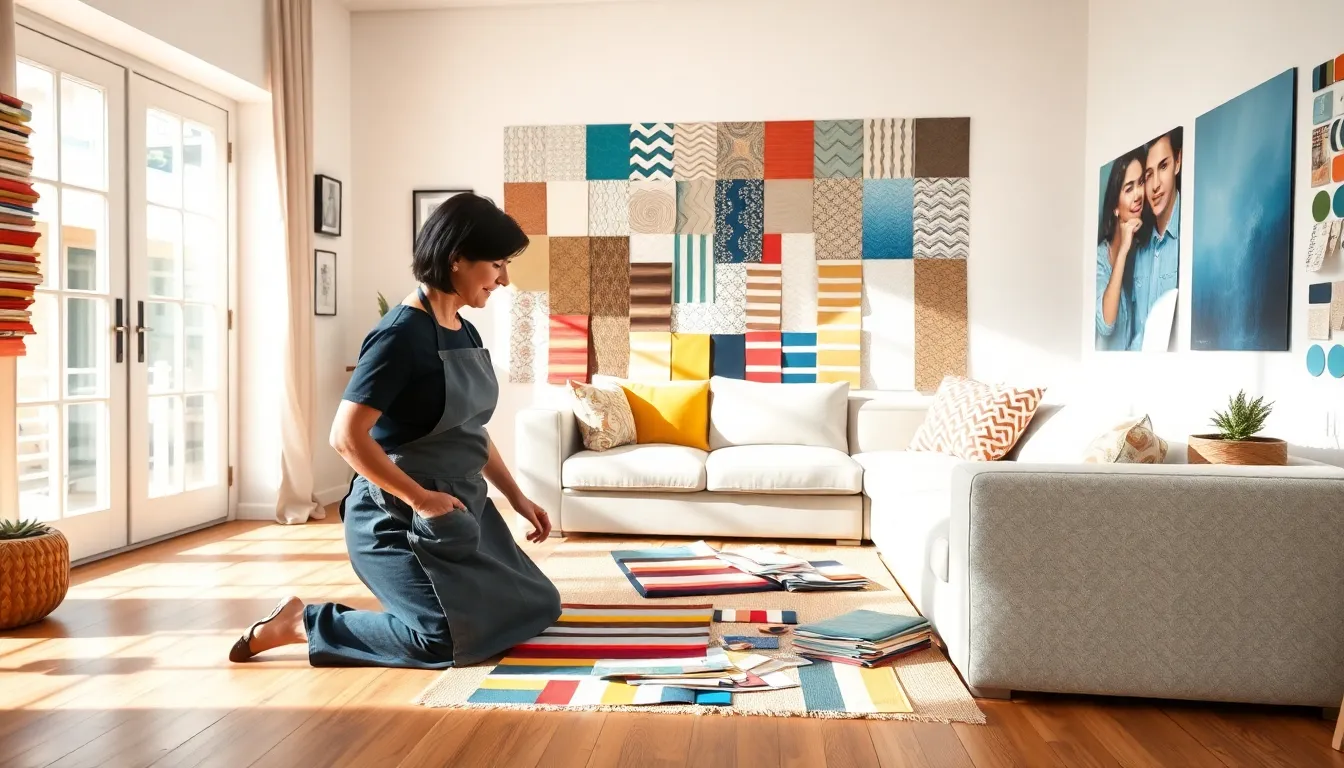Table of Contents
ToggleIn the world of decor design construction, the right choices can transform a dull space into a stunning masterpiece. Imagine walking into a room that feels like a warm hug, where every detail dances in harmony. It’s not just about aesthetics; it’s about creating an environment that reflects personality and purpose.
But let’s face it, navigating the maze of materials, styles, and trends can feel like trying to assemble IKEA furniture without the instructions. Fear not! With a sprinkle of creativity and a dash of expert insight, anyone can master the art of decor design construction. Get ready to unleash your inner designer and turn your vision into reality, one fabulous detail at a time. After all, who wouldn’t want a home that makes guests gasp and neighbors green with envy?
Overview of Decor Design Construction
Decor design construction involves selecting and implementing elements that enhance the aesthetic appeal and functionality of a space. Designers choose materials, colors, and furnishings that align with the intended atmosphere. This approach goes beyond mere decoration; it focuses on creating cohesive designs reflecting personal style and preferences.
Understanding the principles of design plays a critical role in successful decor development. Balance, contrast, rhythm, scale, and harmony shape how different elements interact within a space. Individual tastes guide choices in colors, styles, and patterns, leading to personalized environments.
Materials significantly influence the overall feel and durability of a project. Common options include wood, metal, glass, and fabric. Each material contributes unique characteristics that can enhance or detract from the intended atmosphere, emphasizing the need for careful selection.
Lighting deserves special attention in decor design construction. Proper lighting enhances features and creates ambiance. Using natural light can amplify the visual appeal of rooms during the day while strategic artificial lighting adds versatility for evening use.
Effective planning also encompasses functionality. Spaces must serve their purpose while maintaining visual appeal. Designers assess how individuals interact with environments to optimize layout and flow.
Incorporating trends can provide fresh ideas, but personal style should remain the priority. Timeless designs often resonate more deeply and stand the test of time. By focusing on individuality while balancing contemporary trends, spaces become uniquely welcoming.
Utilizing expert insights streamlines the process of decor design construction. Professionals offer guidance in selecting appropriate materials and layouts, ensuring efficient use of resources. Collaborating with experienced designers helps avoid common pitfalls and fosters creative solutions.
Key Elements of Decor Design

Understanding the key elements of decor design is essential for creating inviting spaces. Each component plays a crucial role in achieving desired aesthetics and functionality.
Color Schemes
Color schemes set the mood of any space. Selecting complementary colors enhances visual interest and harmony. Neutral tones promote tranquility, while vibrant colors energize a room. It’s vital to consider the lighting when choosing colors as it significantly impacts how hues appear. Creating a cohesive palette involves balancing contrasting shades and consistent undertones throughout the room. Accent colors can also add depth and character. Incorporating natural elements, like greens, can introduce an organic feel.
Furniture Selection
Furniture selection affects both comfort and style. Choosing pieces that fit the scale of the room prevents overcrowding and maintains balance. Functional furniture allows for easy movement and enhances usability. Prioritizing quality over quantity can lead to long-lasting investments in decor. Mixing styles creates visual interest and allows personal expression. Incorporating multi-functional pieces offers practical solutions for smaller spaces. Assessing ergonomics ensures comfort, enhancing the overall experience within the environment.
The Construction Process
The construction process in decor design involves careful execution of plans, ensuring the vision translates into reality. Effective planning, budgeting, and decision-making are crucial for success.
Planning and Budgeting
Planning remains the backbone of any construction project. Begin by defining the scope of the project, including desired features and finishes. Create a detailed budget that encompasses materials, labor, and unforeseen expenses. Allocate funds wisely, leaving room for adjustments. Tracking expenses throughout the project helps avoid financial surprises. Prioritize essential elements while considering luxury finishes only if the budget allows. Utilizing design software can aid in visualizing costs effectively, simplifying decision-making.
Hiring Professionals vs. DIY
Deciding between hiring professionals and pursuing DIY hinges on individual skill levels and project complexity. Professionals bring expertise, ensuring high-quality results and adherence to codes and regulations. They streamline the process, saving time and minimizing errors. DIY projects can foster creativity and personalization while offering cost savings. Individuals with relevant skills might embrace this approach for simpler tasks. However, collaborating with experts for critical installations often enhances safety and efficiency. Weighing both options against project requirements leads to informed decisions and successful outcomes.
Trends in Decor Design Construction
Contemporary decor design construction trends emphasize sustainability and eco-friendliness. Homeowners often prefer materials like reclaimed wood and recycled metal to reduce their environmental footprint. The use of natural materials not only enhances aesthetics but also contributes to healthier indoor air quality.
Minimalism remains popular, focusing on clean lines and a clutter-free environment. This trend encourages the use of multifunctional furniture that maximizes space without sacrificing style. Incorporating smart technology in decor design adds convenience, with automated systems for lighting and climate control becoming commonplace.
Bold colors have taken center stage, with homeowners embracing vibrant hues for accent walls and furnishings. Mixing patterns also adds visual interest, allowing for greater customization of spaces. Textured finishes like velvet or matte surfaces provide depth and contrast, enhancing overall design appeal.
Another key trend centers around biophilic design, which integrates nature into built environments. Incorporating indoor plants and natural light fosters wellbeing and creates a calming atmosphere. Outdoor spaces are evolving too, with outdoor living areas equipped with comfortable seating and kitchens becoming essential for entertaining.
Traditional aesthetics are also being updated through modern interpretations. Vintage elements blend seamlessly with contemporary design, creating unique spaces that reflect personal style. Artisanal crafts and handmade items grow in popularity, emphasizing originality and local craftsmanship.
Social spaces have gained importance in decor design, with layouts that encourage interaction and connectivity. Open floor plans facilitate flow, making gatherings more enjoyable. Overall, these trends showcase a shift toward personalized spaces that prioritize both form and function.
Embracing the art of decor design construction opens the door to creating personalized and inviting spaces. By understanding key principles and selecting the right materials and lighting, individuals can transform their environments to reflect their unique style.
Incorporating contemporary trends like sustainability and biophilic design not only enhances aesthetics but also promotes wellbeing. As homeowners continue to prioritize functionality and social interaction, the importance of thoughtful design becomes even more evident.
With creativity and expert guidance, anyone can navigate the challenges of decor design, resulting in spaces that impress and inspire.








